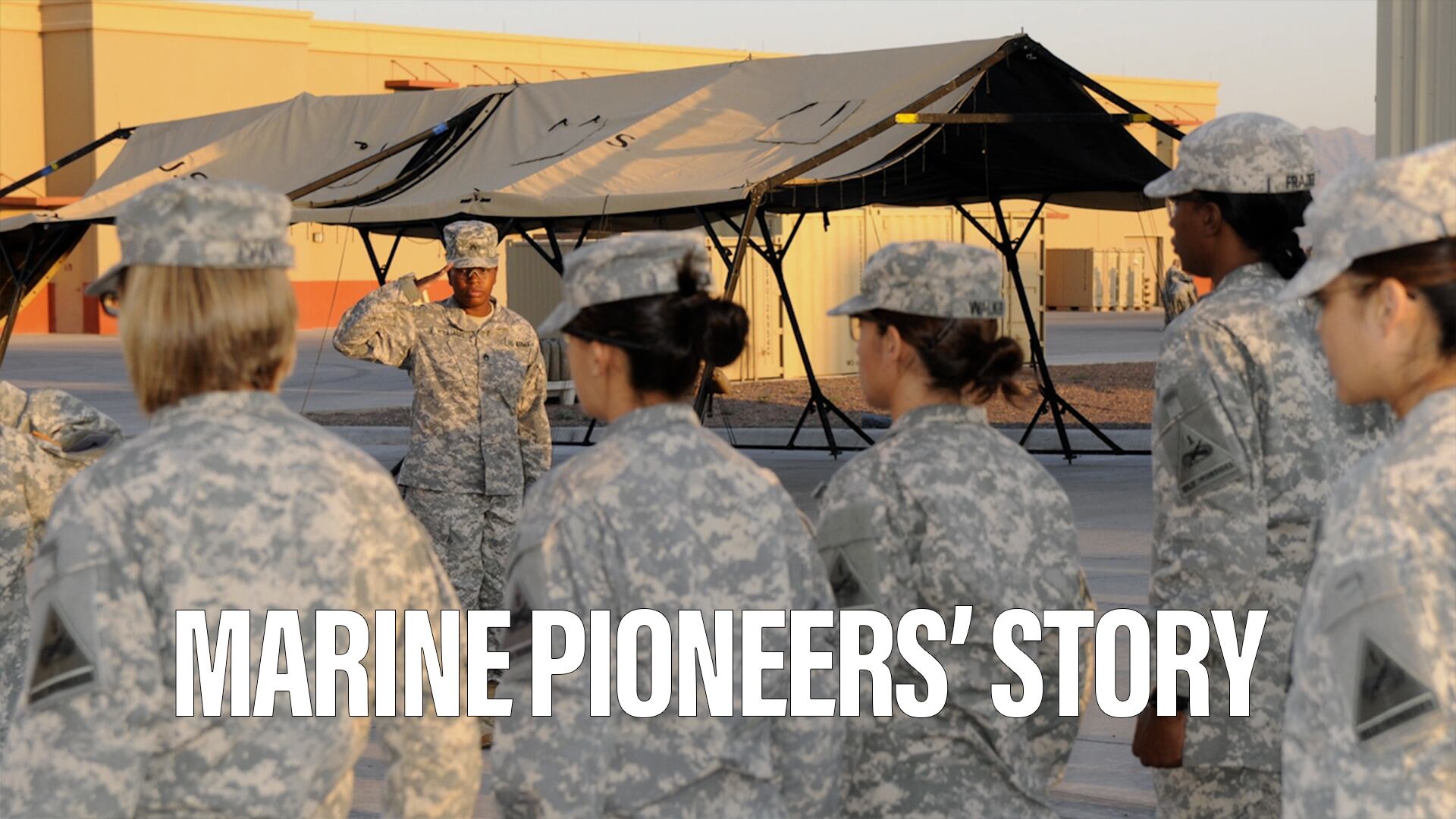LONDON — In the midst of Britain's Strategic Defense and Security Review, US Deputy Defense Secretary Robert Work let a European audience in on the thinking behind the US response to the rise of potential adversaries armed with increasingly sophisticated weapons using both conventional and non-conventional approaches.
"The third offset strategy will be based on increased human-machine collaboration and combat-teaming," Work declared.
The increasing effectiveness of unmanned systems, he noted, particularly autonomous systems capable of learning, will result in increasingly dynamic operations.
"When combined with human-machine combat learning, these smaller dynamic systems will be even more agile, lethal and effective," he said Sept. 10 during an address at the Royal United Services Institute. Some of these comments are taken from a late draft provided by the Pentagon.
"The margin of technological superiority the West has enjoyed for the past 25 years — particularly in guided munitions — is eroding," he said, explaining the need for a strategy to offset enemy strengths. "Addressing this challenge is one of the most important strategic tasks facing our militaries," Work said.
"It is undoubtedly true that we face new methods of hybrid warfare, and we need new operational concepts to confront it. But nothing can match the lethality and destruction of high-end conventional warfare, and we must do everything in our power to prevent it from happening.
"That helps explain why the United States is now pursuing a Third Offset Strategy — new combinations of technologies, operational concepts and organizational constructs to once again bolster a weakened conventional deterrence."
Work acknowledged that the human-machine collaboration term could be intimidating.
"There's a lot of people that say, oh my gosh, you're going to have killer robots, you're going to have to turn everything over to machines."
Then he gave the example of humans and machines collaborating in the game of freestyle chess.
"What you have is a computer that runs through possibilities and presents them to the human and the human then uses them. And what it shows is in 70 percent of the time a human and machine working together will routinely beat humans and routinely beat machines alone. That's what we want to shoot for."
The goal, Work explained, is for "human-centered autonomy so that we make good decisions on the battlefield. And then human-machine teaming, which allows us to do different concepts of operation that we haven't ever seen before."
Work harkened back to the innovative thinking of Air Chief Marshal Hugh Dowding who, before the start of World War II, developed innovative tactics to defend Britain against the powerful German Luftwaffe.
"We need to actively look for visionary thinkers like Dowding who have the ability to see the potential of new technologies and use them in innovative ways to produce real operational advantages," Work said. But unlike the situation in previous offset strategies, "the emerging competitive environment will be much more of a level playing field than in the Cold War."
To defeat future adversaries, Work noted, two problems emerge.
"The first involves winning the emerging guided munitions salvo competition," he said. "We need 'raid breaking technologies' that provide lower cost counters to enemy missile salvos, including non-kinetic 'left of launch' approaches coupled with directed energy weapons, electromagnetic rail guns and hypervelocity projectiles fired from powder guns
"I believe these capabilities will allow us to dominate missile salvo competitions, and thus our ability to blunt early attacks and position our forces to reverse any losses of territory.
"But we can't stop there," Work continued, and pointed to two earlier Cold War offset strategy elements.
"Once we shift to maneuver, we'll be fighting on highly lethal battlefields swept by short-range guided munitions, cyber attacks, and EW weapons. What we need is another doctrinal revival like that of the early 1980s. My message to US Army and Air Force audiences is that we need an AirLand Battle 2.0. My message to every NATO country is we need modern concepts as game-changing as Follow-on Forces Attack."
The Pentagon, Work said, has carried out a new "Long-Range Research and Development Planning Program" similar to a 1973 effort, "to survey the technology landscape, look for technological opportunities, identify ways to leverage commercial technologies and practices, and better tap into the incredible innovation that's happening in DoD's labs and the commercial sector."
The effort, he said, "tells us that large units are simply too vulnerable to guided munitions attack. They must disaggregate into smaller units that still operate together to deliver combined effects."
Work noted the importance of NATO and allied participation, but acknowledged that not all partners bring the same level of capability to the table. Some, like the UK, "have the wherewithal to join the US military in high-end operations."
Other allies may innovate, he added, "by adopting new operational concepts or leveraging lower-cost and asymmetric technology."
Work noted the coordinated role-sharing among many NATO members, and pledged US support to "collaborate to seek nation-specific roles and contributions."
Email: ccavas@defensenews.com








